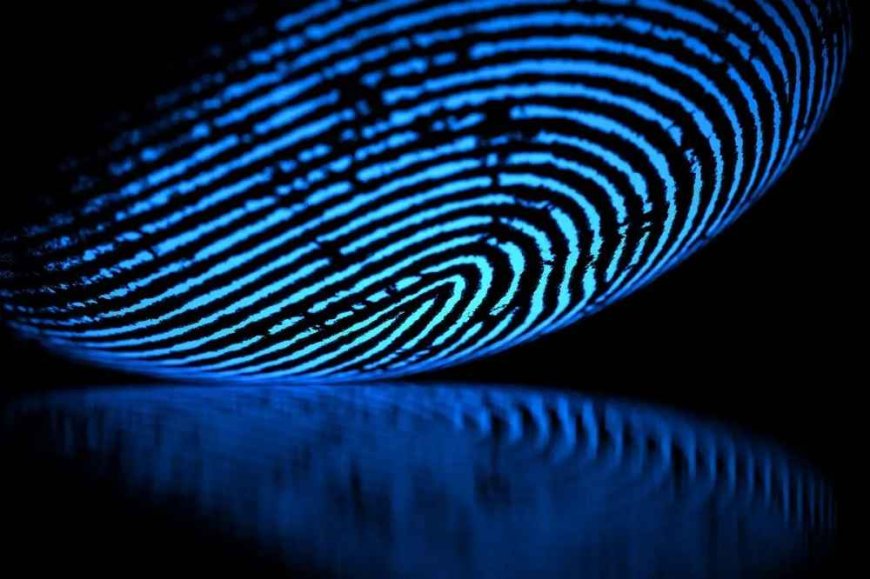Unveiling the Risks and Dangers of Biometrics
In an increasingly digitalized world, biometric technology has emerged as a prominent method for identity verification and authentication.

In an increasingly digitalized world, biometric technology has emerged as a prominent method for identity verification and authentication. By relying on unique physical or behavioral characteristics, such as fingerprints, facial features, iris patterns, or voice recognition, biometrics offer convenience and enhanced security. However, as this technology becomes more prevalent, it is crucial to critically examine the risks and dangers associated with biometrics. This article aims to shed light on the potential pitfalls and challenges, urging for a balanced approach to safeguard privacy in the digital age.
Vulnerability to Data Breaches:
Biometric data, unlike passwords or PINs, cannot be easily changed once compromised. In the event of a data breach, where biometric information is stolen or accessed unlawfully, individuals face a heightened risk of identity theft and fraud. Once an individual's biometric data is compromised, it can be misused for unauthorized access to systems, financial accounts, or even physical locations. The storage and transmission of biometric data require robust security measures to prevent unauthorized access, ensuring the integrity and confidentiality of sensitive personal information.
Potential for False Positives and False Negatives:
Biometric systems are not infallible and can produce errors. False positives occur when an individual is incorrectly identified as someone else, potentially leading to mistaken identity or wrongful accusations. On the other hand, false negatives occur when an authorized individual is incorrectly denied access due to system inaccuracies or technical glitches. These errors can be attributed to factors such as variations in biometric traits, poor image quality, or inadequate system calibration. To mitigate the risks associated with false positives and negatives, continuous research, development, and rigorous testing are necessary to enhance the accuracy and reliability of biometric systems.
Lack of Standardization and Interoperability:
The absence of universal standards and interoperability among different biometric systems poses challenges for cross-platform integration and data sharing. In scenarios where multiple organizations or entities rely on biometric authentication, lack of standardization can hinder seamless cooperation and data exchange. Additionally, interoperability issues can arise when individuals need to authenticate themselves across different systems, leading to inefficiencies and inconveniences. Establishing common standards and protocols for biometric data management and sharing is crucial to ensure compatibility, streamline processes, and protect individuals' privacy.
Ethical Concerns and Privacy Intrusions:
Biometric technology raises ethical concerns regarding the collection, storage, and usage of individuals' biometric data. There is a potential for unauthorized surveillance, profiling, and tracking of individuals' activities. The widespread adoption of biometrics in public spaces, such as airports or shopping malls, can infringe upon personal privacy rights and lead to the creation of extensive surveillance networks. Striking a balance between security measures and preserving civil liberties is essential to mitigate the risks of privacy intrusions and maintain public trust.
Inherent Bias and Discrimination:
Biometric systems can exhibit inherent biases, leading to discriminatory outcomes, particularly in facial recognition technologies. Studies have shown that facial recognition algorithms tend to exhibit racial and gender biases, resulting in higher error rates for certain demographics. This bias can have serious implications, including false accusations, unjust profiling, and unequal treatment. It is crucial to address these biases through algorithmic transparency, diversity in training data, and rigorous evaluation processes to ensure that biometric systems are fair, inclusive, and unbiased.
While biometric technology offers undeniable benefits in terms of convenience and enhanced security, it is essential to recognize and address the risks and dangers associated with its widespread adoption. Striking a balance between security, privacy, and individual rights is paramount. Robust security measures, standardized protocols, continuous research and development, and ethical considerations are vital in safeguarding individuals
